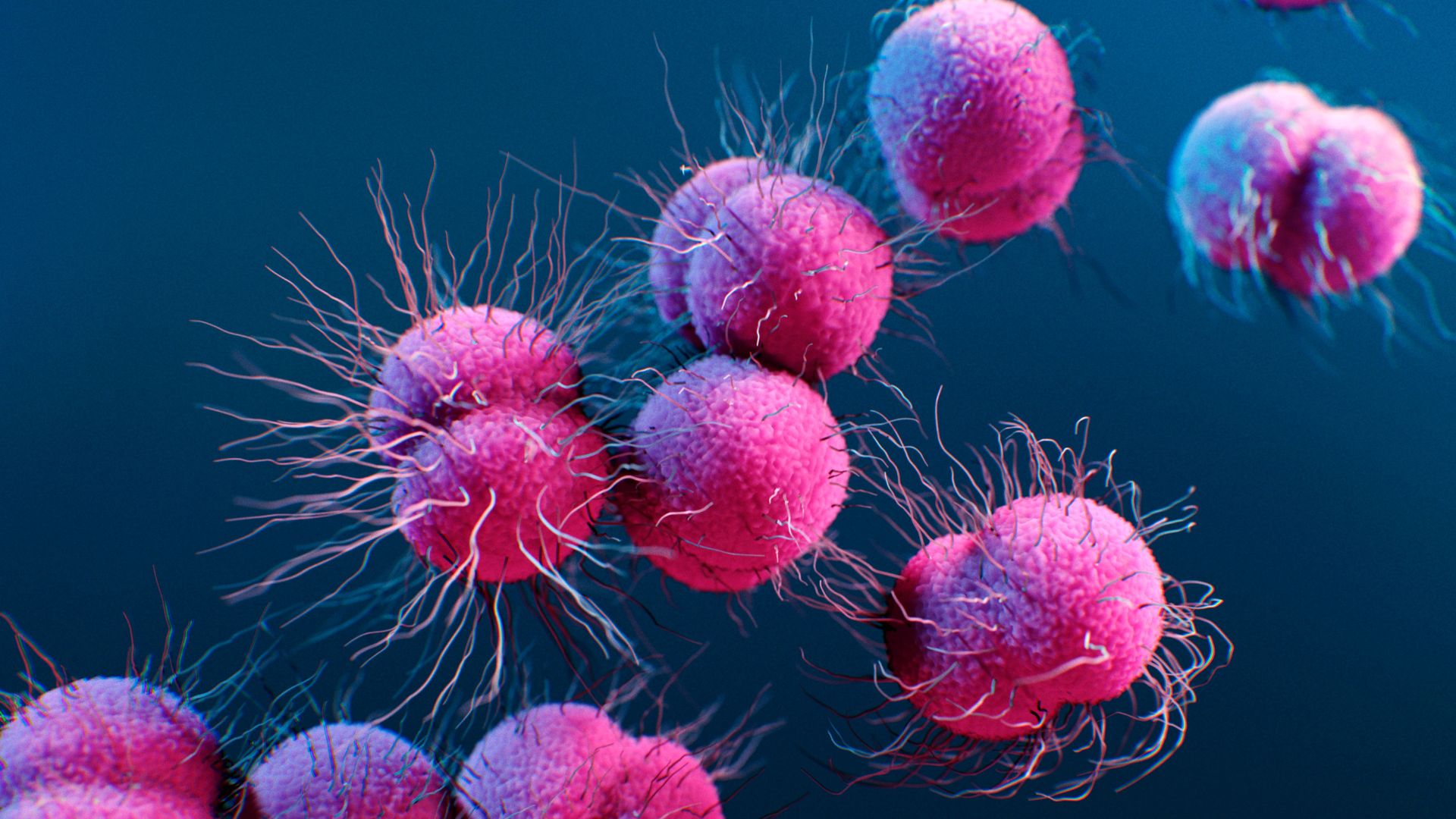New 'concerning' strain of drug-resistant gonorrhea found in U.S. for 1st time
A troubling strain of gonorrhea was identified for the first time in the U.S.

A strain of gonorrhea that's resistant to multiple classes of antibiotics recently infected two people in Massachusetts, the state's Department of Public Health announced Thursday (Jan. 19). This is the first time that "resistance or reduced response to five classes of antibiotics has been identified in gonorrhea in the United States," the department reported.
Gonorrhea is a common sexually transmitted infection caused by the bacterium Neisseria gonorrhoeae. Over time, the bacterium has grown resistant to most antibiotics historically used to kill it, and the Centers for Disease Control and Prevention (CDC) states that "it's only a matter of time" until it becomes resistant to the only treatment that's currently recommended, an antibiotic called ceftriaxone. (Under specific circumstances, other antibiotics may still be used instead of ceftriaxone, but they're not widely recommended.)
Sexually transmitted disease (STD) clinics across the U.S. regularly monitor for resistant strains of N. gonorrhoeae by testing the bugs' response to seven different antibiotics; these include drugs currently and previously used to treat gonorrhea. In one of the Massachusetts residents, officials detected a strain that's resistant to three of those drugs and shows a "reduced susceptibility" to three others, including ceftriaxone, they reported in an alert to clinicians. Bugs with "reduced susceptibility" don't yet have full-blown resistance to a drug but are less sensitive to the treatment than normal.
The officials later identified a second N. gonorrhoeae sample from a different person that likely exhibits the same resistance and, notably, a similarly reduced response to ceftriaxone; that conclusion was based on a genetic analysis of the strain. "No direct connection" between the two gonorrhea cases has been identified, the department noted.
Related: New discovery could help take down drug-resistant bacteria
Even though the strain showed some resilience against ceftriaxone, both patients were successfully cured with the recommended dose of the antibiotic. This outcome "reinforces the CDC's recommendation to use high doses of the antibiotic ceftriaxone for the treatment of all gonorrhea cases and to perform follow-up tests to ensure all patients with gonorrhea are successfully treated," the heath department stated.
However, the cases still raise a concern because this is the first N. gonorrhoeae strain detected in the U.S. that shows resistance or reduced susceptibility to six out of the seven antibiotics regularly screened, CBS reported.
Get the world’s most fascinating discoveries delivered straight to your inbox.
The Massachusetts Department of Public Health is now investigating whether others in the state have caught the same strain. To do so, the department is conducting contact tracing and working with the CDC and local health care centers to collect and analyze additional N. gonorrhoeae samples.
"Identification of this strain, the same as what was recently reported in the United Kingdom and previously reported as circulating in Asia-Pacific countries, is a warning that N. gonorrhoeae is becoming less responsive to a limited arsenal of antibiotics," the department's alert reads.
"The concern is that this particular strain has been circulating around the world, so it was only a matter of time before it would hit the U.S.," Dr. Jeffrey Klausner, a clinical professor of public health at the University of Southern California's Keck School of Medicine in Los Angeles, told CNN. "We haven't had new antibiotics to treat gonorrhea for years and we really need a different treatment strategy."

Nicoletta Lanese is the health channel editor at Live Science and was previously a news editor and staff writer at the site. She holds a graduate certificate in science communication from UC Santa Cruz and degrees in neuroscience and dance from the University of Florida. Her work has appeared in The Scientist, Science News, the Mercury News, Mongabay and Stanford Medicine Magazine, among other outlets. Based in NYC, she also remains heavily involved in dance and performs in local choreographers' work.


